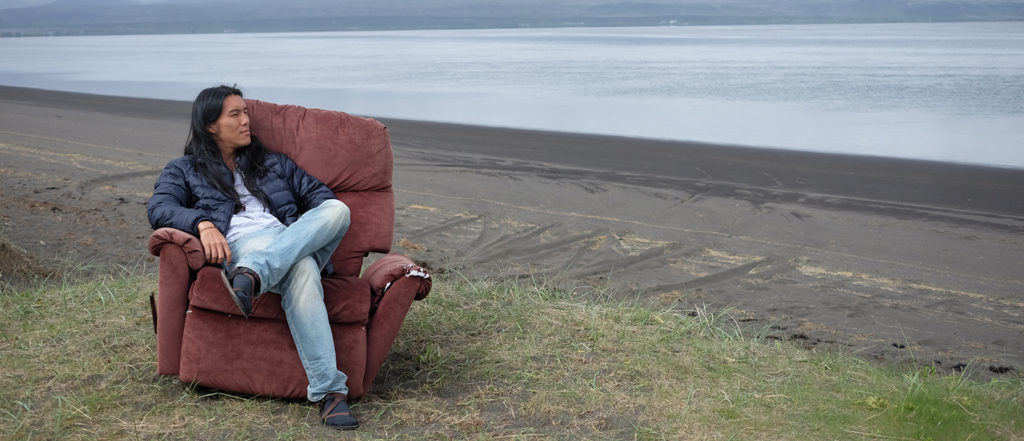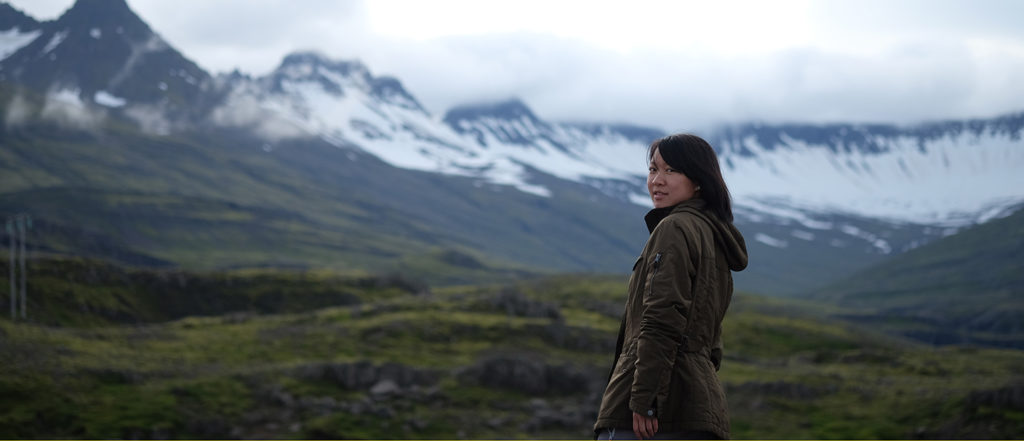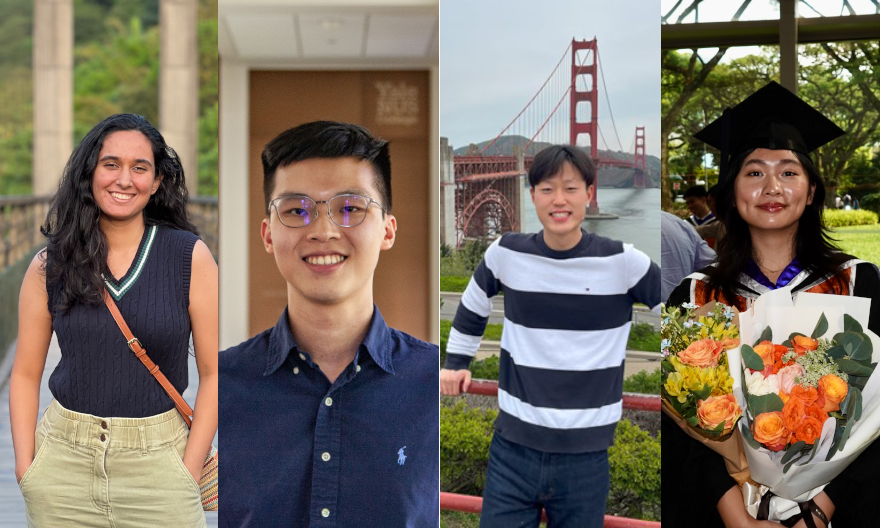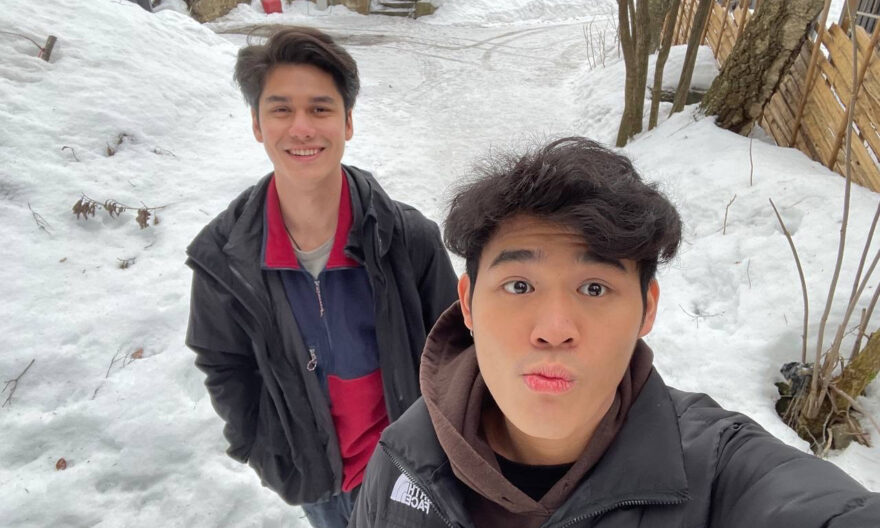Between elves and the highway: Yale-NUS students explore how Icelandic folklore can save the environment

In June this year, two Yale-NUS College students embarked on a month-long journey across Iceland to study the connections between Iceland’s folklore and environmentalism.
Rachel Ooi (Class of 2019) and Marcus Koe (Class of 2017) were working on a student-initiated research project as part of Yale-NUS’ Summer Research Programme. Administered by the Centre for International & Professional Experience (CIPE), the programme provides opportunities for students to pursue full-time structured research over summer before participating in a research symposium the following academic year. Through student-initiated projects, CIPE hopes to provide opportunities for independent research that allow students to proactively explore their academic interests, apply knowledge and ideas learnt in the classroom, and develop and hone relevant skills ahead of the fourth-year capstone project – to design, write and execute a compelling research proposal.
Rachel’s interest in Icelandic folklore began after she read about the clash between road construction and elf dwellings there.
“I read a few articles online about how road constructions had been rerouted to protect elf-dwellings in Iceland, as well as some articles rebutting them. The situation intrigued me, and I thought the conflicting representations called for further investigation,” she shared.
One such article was published in The Atlantic, titled “Why So Many Icelanders Still Believe in Invisible Elves“. Drawing on the idea of a “primitive environmentalism” described by one of the interviewees in that article, Rachel and Marcus set out to explore the nexus between Iceland’s folklore and environmental imagination, actions and policies. According to a research blog that they put up for recording their field notes and observations during the trip, primitive environmentalism refers to “an imaginative way of honouring a balance of power that places nature above human capacity”.
As an Environmental Studies major, Rachel was excited by the stories of elves and their relationship with human development.
“Many contemporary thinkers have pointed out how today’s dominant myths have contributed to this age of anthropogenic environmental disasters – like the modern myth that infinite economic growth is good (or possible) or the older Judeo-Christian myth of nature being created to serve man’s purpose – and called for us to reimagine our relationship with nature. Not as many have provided ideas on how to do so, or what the material of these new stories should be. Construction projects being halted to respect nature spirits (elves, or the Hidden People) in Iceland seemed to be an exciting case of myths encouraging environmental protection, so I wanted to explore the origins and mechanism of these stories.”
Folklore was also something that appealed to Marcus as an Anthropology major. As an active member of the Good Ol’ Yale-NUS Adventure Club (GOYAC), Marcus has also had much experience camping and travelling which proved useful on the trip as they had to move from place to place very frequently. In addition, he could count on his former experience two summers ago when he embarked on a cycling research trip from Singapore to Hanoi.

On his most memorable experience, Marcus shared, “Rachel and I would cook our lunches in the morning or the night before for our day trips. We would sit atop cliffs and mountains and have our lunch overlooking beautiful scenery or the view of the town.”
Reflecting on her time in Iceland, Rachel shared that she would not have thought about environmental issues from the perspective of storytelling and folklore if not for two classes she had taken at Yale-NUS, Another World is Possible: Science Fiction and the Environment by Assistant Professor of Environmental Studies Matthew Schneider-Mayerson, and Theory and Practice of Environmental Policymaking by Professor of Environmental Studies Michael Maniates.
“I don’t think I would have ever thought to look at environmental discourse from the perspective of stories and the ways of thinking they embody if not for these two classes I had taken, which taught me to think about how stories are used to change minds and policies. Both were quite relevant to how I conceived of the project, and how I interpret the interviewees’ data,” she shared.
While the pair is looking to publish a research paper based on their findings during the trip, the biggest takeaway from the trip for Rachel has simply been the experience itself.
“This project has been very rewarding in terms of helping define my idea for my capstone project, leading me into new but related fields of inquiry and generally giving me a lot to think about,” she remarked.
For her capstone, she also intends to explore the role of folklore in Singapore in relation to the natural environment.
“I intend to explore how folklore in Singapore can help people think about the environment more positively. This project has helped me discover more about how folklore interacts with landscape, personal identity, community structures, and nation-building, all of which are important threads to consider for my capstone.”





